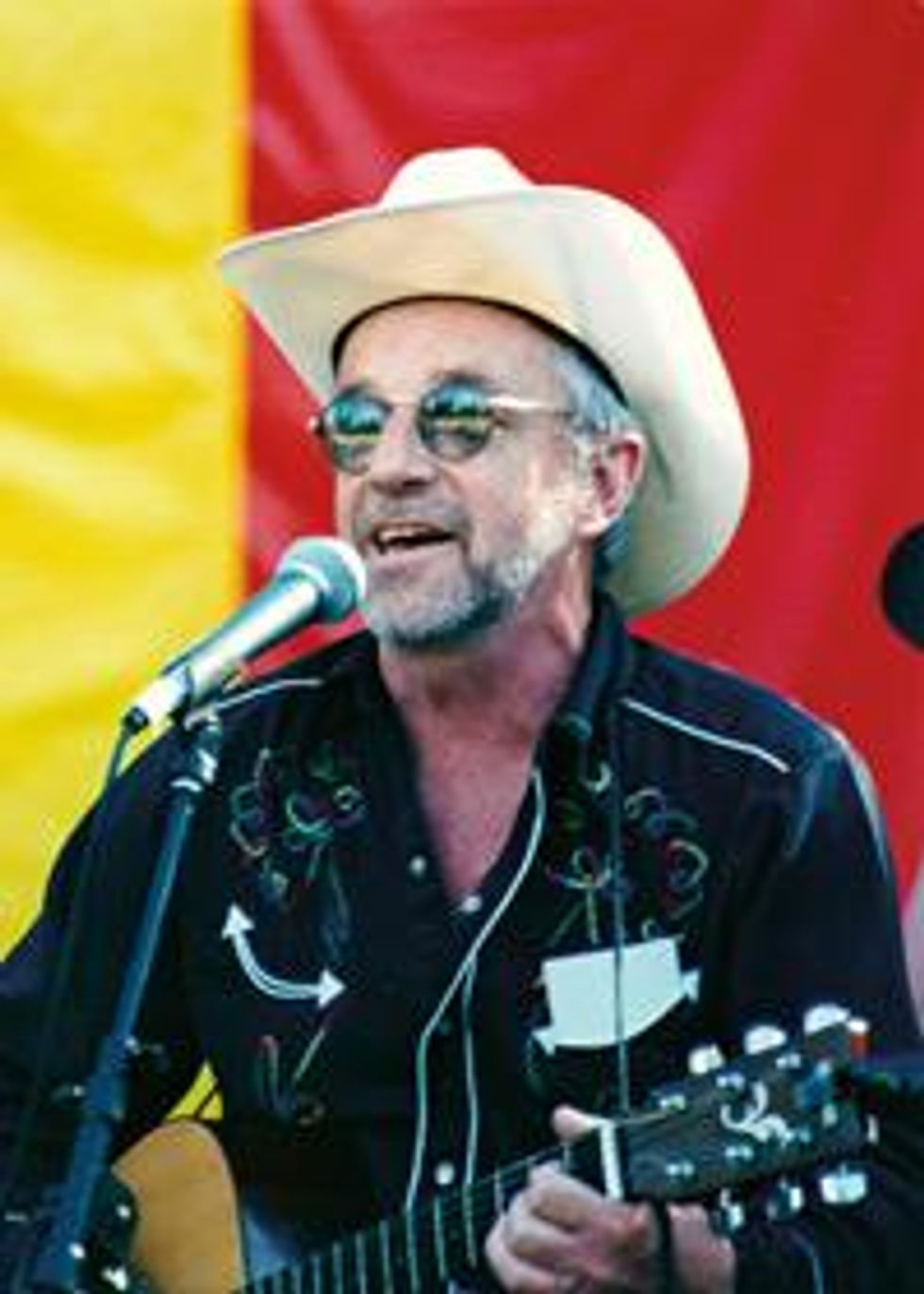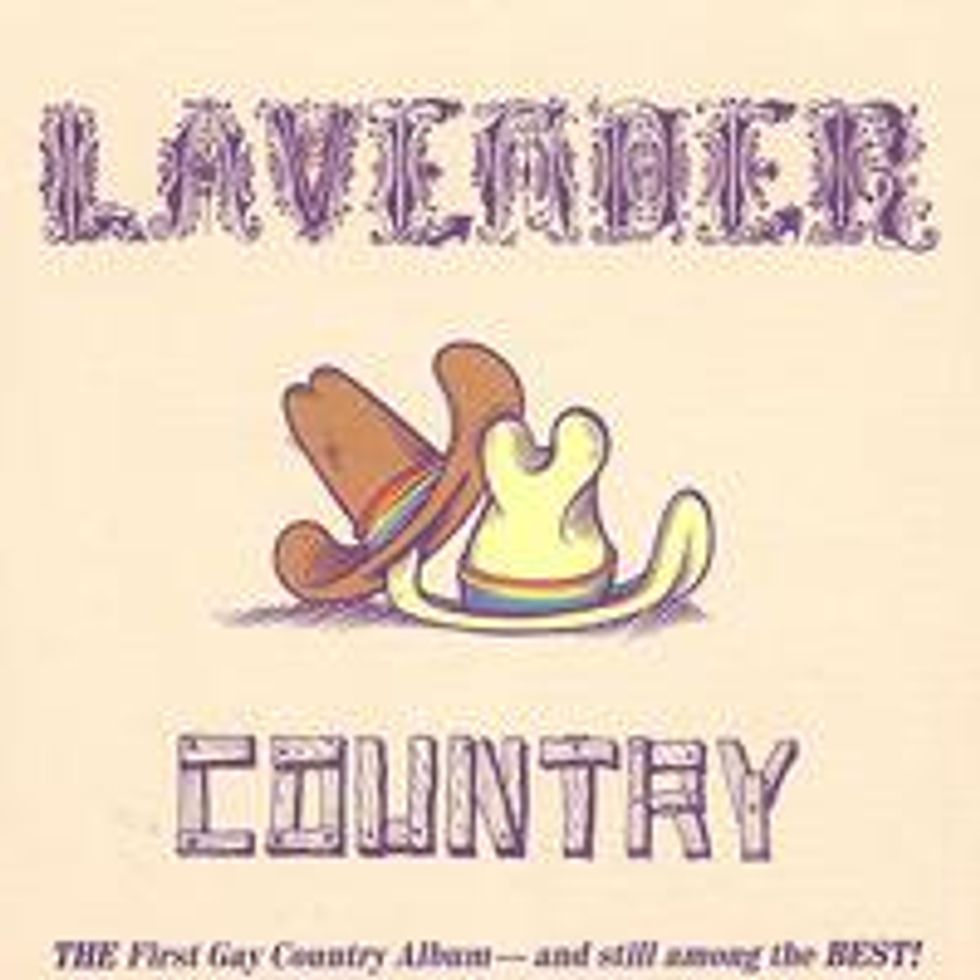
Uncovering the first gay country album.
March 24 2014 8:15 AM EST
January 04 2017 10:05 PM EST
By continuing to use our site, you agree to our Private Policy and Terms of Use.

Uncovering the first gay country album.

When Patrick Haggerty made the first openly gay country album in 1973, it wasn't exactly a good career move. "It was an absolutely radical act," he says. "I wasn't interested in a career in music. I was born to kick open the closet door."
That album, the eponymously named Lavender Country, recorded by the band Haggerty founded with Michael Carr, Eve Morris, and Robert Hammerstrom, is now being reissued by the North Carolina-based Paradise of Bachelors, a label with a mission to highlight "under-recognized musics of the American vernacular."
Musics don't come much more under-recognized than gay country, and Lavender Country's album is even more remarkable for its lyrical forthrightness. Songs such as "Cryin' These Cocksucking Tears," "Back in the Closet Again," and "Come Out Singing" (sample lyric: "There's milk and money flowing / When you're blowing Gabriel's horn") were never likely to be played at the Grand Ole Opry, but they also weren't camp attempts at the genre. Haggerty's love of country music was absolutely sincere, as was his view that the songs offered a way to get what he called the "Information" -- the shared experience of what it meant to be gay in the years after Stonewall -- out to an audience that was starved of it.
"Country music was what I grew up with," says Haggerty, who was born into a family of sharecroppers on a dairy farm west of Port Angeles, Wash. "That's who I was. I was a farm kid, out in the country, so I used the genre that I knew. Making a gay country album in 1973 was so unlikely, it was ridiculous to even try. And considering I knew that, it opened the door wide for me to say what I had to say."
The record was produced by the Seattle-based nonprofit Gay Community Social Services. "Seattle was a hotbed of gay liberation activity on a par with New York and San Francisco," says Haggerty.
They pressed 1,000 copies and sold them all. "We weren't a record company. We had no experience in how you distribute music. All we could do was run ads in the little mimeographed gay rags and do word of mouth.

"I set out to write an album that covered the territory of what we were going through personally and politically at that time; to write our story in song. To cover the love stuff and the interpersonal stuff and the political stuff -- to tell the whole story. Lavender Country was screaming a real truth that all of us in the movement needed to hear."
There wasn't, says Haggerty, "a snowball's chance" of playing his songs for a mainstream country audience in the mid-'70s, but that wasn't really the point. "We were determined. That was the nature of coming out and standing up and taking the consequences. It came with the territory. We didn't want to live in the closet. Screw you! And there was a huge price to pay at the time for doing what I did. It put the total kibosh on any career I might have had in country music. But at the time, it was more important to me to come out. It was the same for everybody who came out at that time. It was a sacrifice."
Right: Haggerty with his daughter (1981)
Haggerty still performs, and is delighted that the significance of Lavender Country has finally been acknowledged. "Of course I'm disappointed in the homophobia in the country music scene, historically. On the other hand, Lavender Country is banging on the door! I never thought I would live to see it. It's getting to the point where the country music scene is going to be dragged kicking and screaming into reality whether they want to go there or not. It's exhilarating to be putting on my boots and kicking down the door. It's time."
Above: The original members of Lavender Country performing (1970s)
All images courtesy of Patrick Haggerty
Listen to the album below:
Want more breaking equality news & trending entertainment stories?
Check out our NEW 24/7 streaming service: the Advocate Channel!
Download the Advocate Channel App for your mobile phone and your favorite streaming device!